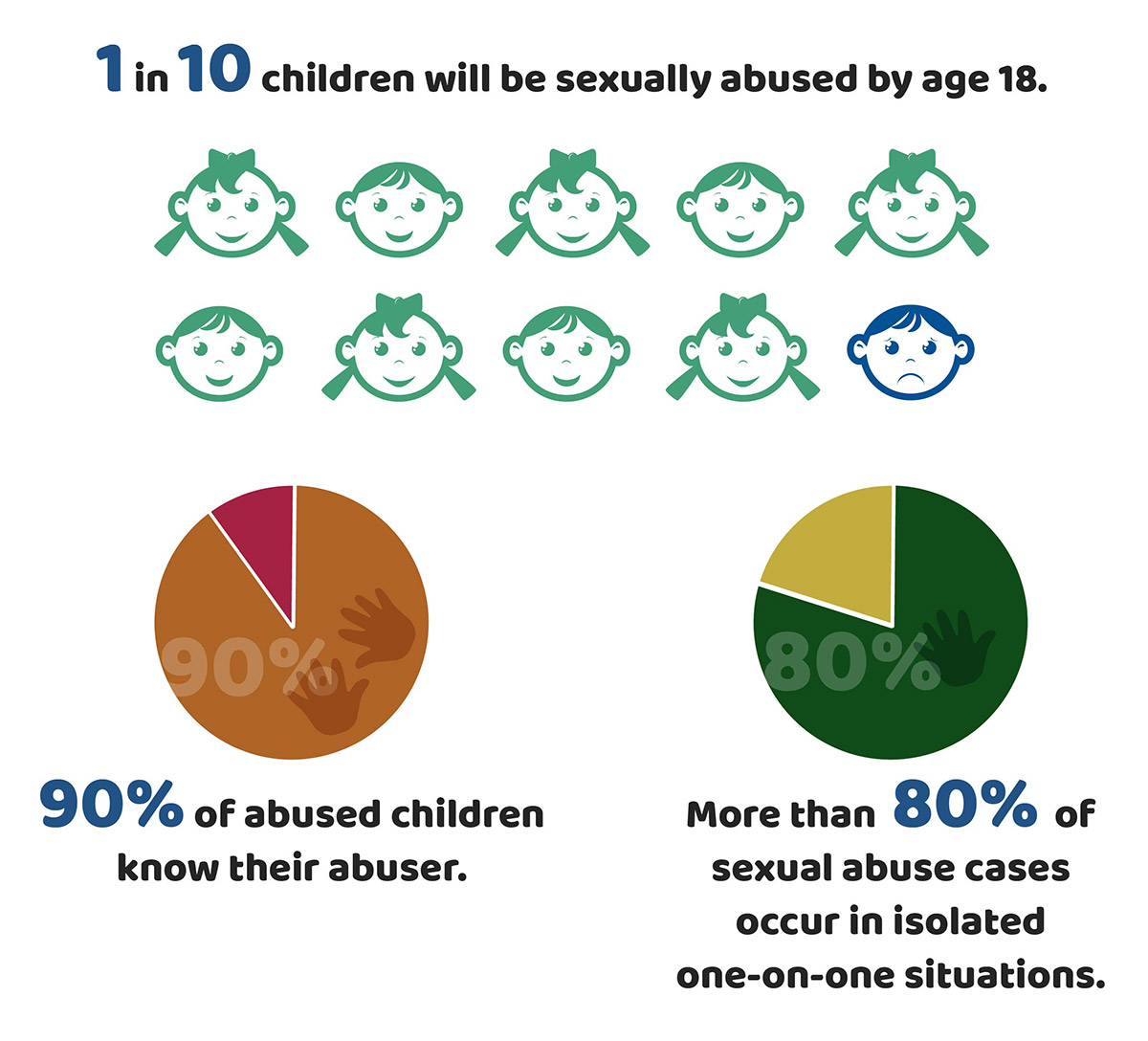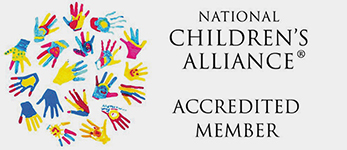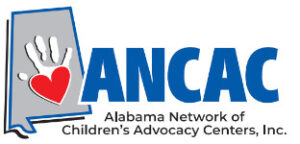Types of Abuse
- Sexual Abuse – Child sexual abuse is any interaction between a child and an adult (or another child) in which the child is used for the sexual stimulation of the perpetrator or an observer. Sexual abuse can include both touching and non-touching behaviors. Non-touching behaviors can include voyeurism (trying to look at a child’s naked body), exhibitionism, or exposing the child to pornography. Children of all ages, races, ethnicities, and economic backgrounds may experience sexual abuse. Child sexual abuse affects both girls and boys in all kinds of neighborhoods and communities.
- Physical Abuse – Physical abuse is the second most common form of child maltreatment. Child physical abuse is any physical act by a caregiver that results in a child being hurt or injured. Examples of physical abuse include, burning, hitting, punching, shaking, kicking, beating, or otherwise harming a child.
- Neglect – Child neglect occurs when a parent or caregiver does not give a child the care he or she needs according to its age, even though that adult can afford to give that care or is offered help to give that care. Neglect can mean not giving food, clothing, and shelter. It can mean that a parent or caregiver is not providing a child with medical or mental health treatment or not giving prescribed medicines the child needs. Neglect can also mean neglecting the child’s education. Keeping a child from school or from special education can be neglect. Neglect also includes exposing a child to dangerous environments. It can mean poor supervision for a child, including putting the child in the care of someone incapable of caring for children. It can also mean abandoning a child or expelling it from home. Neglect is the most common form of abuse reported to child welfare authorities.
Domestic Violence – Domestic violence (sometimes called intimate partner violence, domestic abuse, or battering) includes actual or threatened physical or sexual violence or emotional abuse between adults in an intimate relationship. This clinical definition is broader than the legal definition, which may be restricted to acts of physical harm. Domestic violence can be directed toward a current or former spouse or partner, whether they are heterosexual or same-sex partners.
References: www.nctsn.org & www.d2l.org






This website is supported by funding awarded by the Law Enforcement Traffic Safety Division of ADECA and the U.S. Department of Justice. The opinions, findings, and conclusions or recommendations expressed are those of the author(s) and do not necessarily reflect the views of the Department of Justice or grant-making component.
